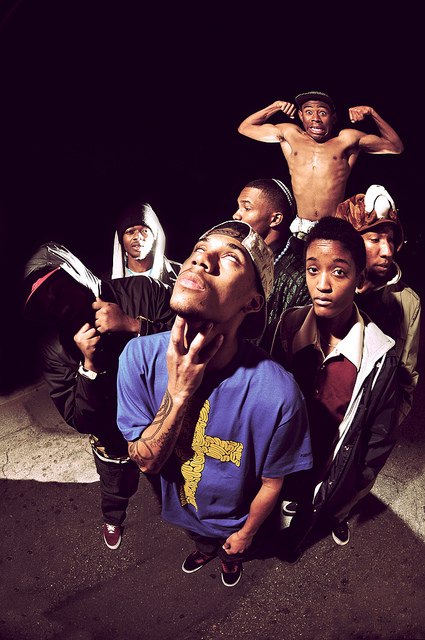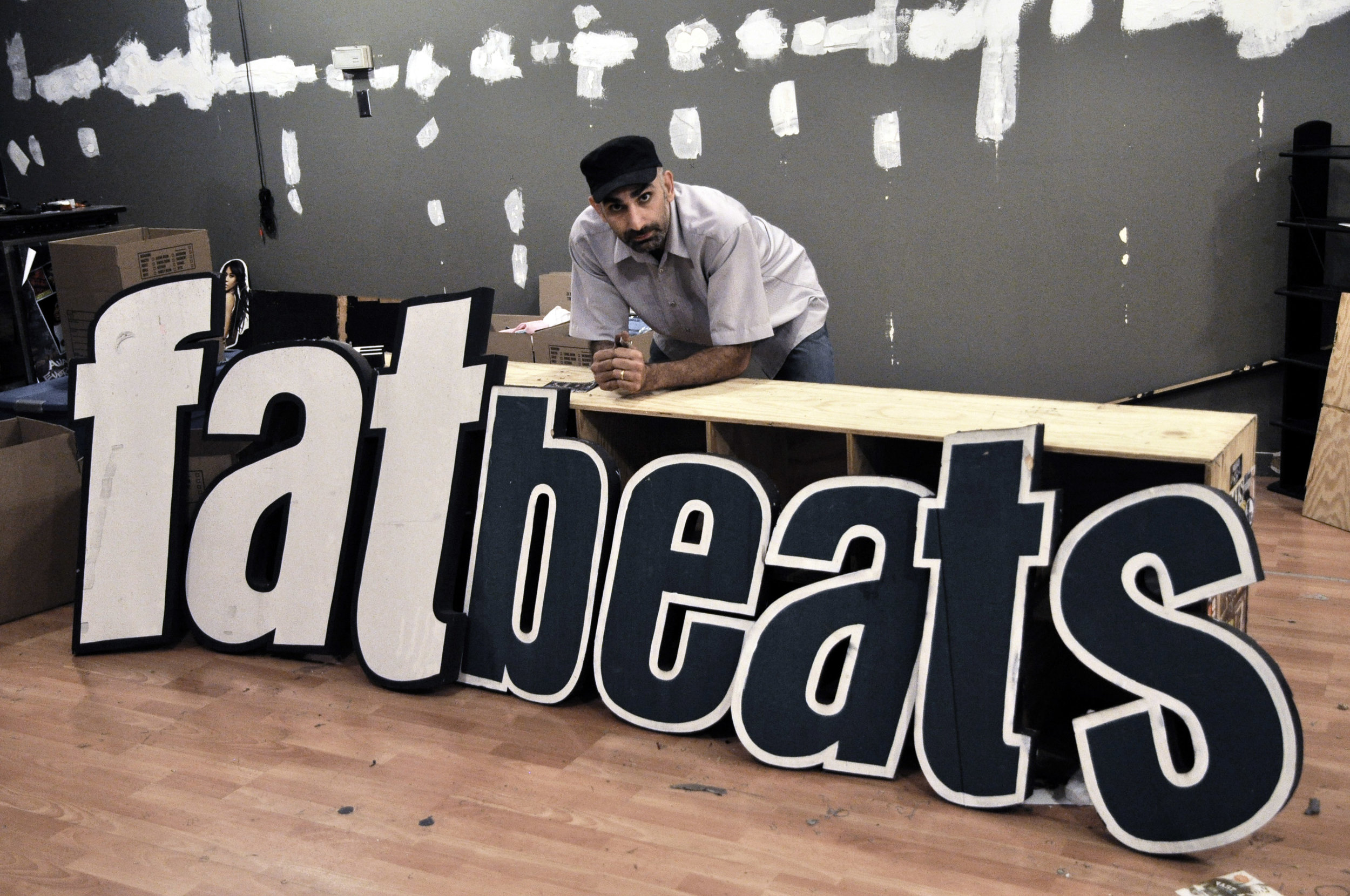Over the weekend, I went to New York to attend the Peabody Awards Ceremony. The Peabody Awards have been given each year since 1941 in recognition of outstanding work in audiovisual media. Initially, it was an award, granted by an independent group housed at the University of Georgia Journalism School, which recognized outstanding accomplishment in radio (created in part because the Pulitzers refused to recognize Broadcast journalism), but through the years, the Peabody has expanded to include broadcast and cable television and more recently still, audiovisual content distributed on the web.
The Peabody Awards distinguish themselves from, say, the Emmy Awards or the Golden Globes in multiple ways. There are no fixed categories; the Peabody jury can award as few or as many programs as they wish in any given year. Consequently, you do not see the tendency for one dramatic series and one sitcom to take over the Emmy for year after year without giving a chance to a broader range of programs. Beyond that, the Peabody Awards have historically been much more reception to the pop culture end of the spectrum than the other awards which tend to be decisively middle brow in their tastes. The Peabody Committee, for example, gave an award to Star Trek: The Next Generation at a time when it was not being shown respect from the other award-granting bodies. And at the same time, the Peabody has been more open to cutting edge arts and cultural programs, which might have seemed too out there for the more conservative Emmy awards. Public media – both PBS and NPR – have historically fared much better with the Peabody Awards than with the other more commercially focused awards events, yet they exist alongside some of the most popular entertainment series. You can see the full list of this year's winners here.
A little less than a year ago, I was invited to become one of the 15 jury members who determine the recipients of the Peabody Awards. Just being asked to serve in this way was an enormous honor and I have relished, so far, the experience of participating in the deliberation process. Each year, the Peabody Committee receives well over 1000 submissions, mostly from the United States, but increasingly from countries around the world (More than 40 countries submitted programs for consideration this year). There are committees at the University of Georgia, consisting of faculty and students, who review all of those submissions and make recommendations to the jury, which we weigh in our discussions. But the committee also breaks down the contributions amongst us, insuring that each entry is seen by 2-3 committee members on the first round.
For about a month and a half earlier this year, the reviewing process took over my life. Altogether, the jury meets for 12 plus days, across three sessions, held in Los Angeles, Washington DC, and Athens, Georgia, as we talk through the submissions together, debating the merits of each entry, and gradually winnowing down the list. The committee is an amazing mix of veterans from the broadcast and cable world, academic media scholars, television critics, and folks from the public relations and advertising world, all of whom care passionately and think deeply about the medium. In between each marathon meeting, we watched hundreds of hours of television. By the time you get to Athens, we all ended up pulling several all-nighters as we all tried to catch up with the finalists that we had not been able to see yet.
Now, to be clear, I watch more television than most other academics I know, but the scope of the entries is so broad that we are all pushed beyond our comfort zones as we deal with material we would not ordinarily watch. For me, the real stretch came in learning how to assess the quality of documentaries, news, and radio entries where-as I felt much more comfortable dealing with new media, entertainment, and children’s programming. In the end, any program receiving the Peabody has to be unanimously approved by the committee, which involves a fair amount of soul searching and a certain amount of horse trading, but ultimately, what emerges is the best of the best.
You don’t go through this intense process without coming away with enormous respect for the current state of the medium. There is so much astonishingly good television out there. The more television I watched, the more I wanted to watch. I came off my first year on the committee with a long list of shows I wanted to spend more time with and now I am finding myself searching even more actively for new shows we will want to consider next year.
This year, the Peabody Awards recognized 46 programs, the largest crop in the award’s history. Yet, in chatting with my fellow Jury members over the weekend, all of us had regrets about shows that did not make the final list, but few if any about the series which did. It’s easy to get pumped up as a fan about the relatively small number of shows we set our Tivos for, shows which meet our own tastes and interests, and I am certainly hearing plenty of people saying we are in a golden era of television. But, reviewing programs for the Peabody Awards, forces you to pay attention to the things which were on someone else’s Tivo last year, programs that aren’t aimed at you, programs which you would never watch, programs you’ve never heard of, and you discover more and more hidden treasures than you might ever imagine.
Jeffrey Jones, the director of the Peabody Awards, wrote an op-ed piece in Variety over the weekend which helps to place the unprecedented number of winners into some perspective, pointing to the dramatic expansions we’ve seen in what counts as television in recent years: the growth of new digital distribution outlets such as Netflix, Amazon, and Hulu, which are producing original programs and also giving us access to more and more programs from other countries around the world; the explosion of web-based television producers who are independent of studios,networks, or major platforms and may be distributing their work via Youtube (from whom the televisual equivalents of Mean Streets or Easy Rider are starting to emerge); the expansion of cable networks that have moved in recent years from producing reality programs towards scripted dramas and comedies. For example, Al Jazeera America, just completing its first year of operations, took away two awards this year, and there were many others that made it into the finalist or semi-finalist stages, suggesting an important new player in the realm of television news, one which is not afraid to provide minority or critical perspectives on powerful institutions, telling stories that were not being covered on the major cable and broadcast networks.
Or consider the various ways that this year's winners intersect digital media (an area close to my own heart). Orange is the New Black and House of Cards are television series which were never aired on television, distributed via Netflix. Scandal is a series which has developed an extraordinarily active following via social media, which has helped to build its ratings and has provide a space for important conversations around race, gender, and politics. A Chef's Life was one of several series we recognized this year which was funded through Kickstarter. The Race Card is a NPR series which relies heavily on crowdsourcing stories from the general public via the web. Hollow and A Short History of the Highrise are interactive documentaries which uniquely deploy the affordances of the web to create rich multimedia experiences. A Needed Response was a student video circulated via YouTube. And amongst the local news stories, many of them had used the web to provide richer, more interactive maps which allowed the public to "follow the money" influencing local and state politics. All of these examples point to the ways that the media landscape is changing as it intersects with digital media.
As a cultural studies person, we are taught to be skeptical of established notions of cultural hierarchies which tend to reflect particular class, gender, racial, and generational biases. So, a big question for me when I entered the committee was what constituted “quality” or “excellence” as the board recognized it. The fact that this group has recognized outstanding cult media properties, from Star Trek in the 1960s to Doctor Who last year, went a long way to calming my suspicion of a high culture bias: as did the knowledge that in recent years, Awards have gone to series like Friday Night Lights, Justify, Girls, and Louie C.K., suggesting that they understood a range of different ways that popular culture might contribute to larger conversations.
One official criteria for the awards is “excellence on its own terms,” which may mean whatever the individual members want it to me, but it invites us to try to articulate criteria for how a series which does not necessarily match the traits we associate with “quality television” (the novelistic, the psychologically rounded, the realist) might never-the-less deserve recognition for its achievement of very different kinds of aesthetic goals. And some of the group’s most intense and yet generative debates stem from the effort to articulate what standards should apply to programs which are more melodramatic in tone and structure, or how to deal with programs which may be cartoonish and larger than life, but which achieve real distinction in their categories.
There has justly been a resistance to granting awards based on pure popularity, yet there also needs to be away of recognizing work which has a strong public impact or which serves the needs of segments of the television audience which has been under-recognized elsewhere. Indeed, the case can be made that diversity is itself increasingly a marker of quality on television: the awards this year recognized entertainment programs such as Scandal, Key &Peele, Orange is the New Black, or The Bridge, or documentary programs, such as How to Survive a Plague, Latino Americans, The African-Americans: Many Rivers to Cross, or The Race Card, which dealt with the shifting demographics and racial politics of America today.
The new catch phrase of the Peabody Awards is “Stories that Matter,” and there’s a healthy debate surrounding “matter to who” and “matter in what way,” which are the questions we should be asking if the award should be seen as reflective about how we might define excellence or quality in the absence of inherited categories and fixed hierarchies. A sentimental favorite for me was the recognition which the group bestowed on A Needed Response, a single-shot 26 second video, produced by two University of Oregon students, and released via YouTube, to increase awareness of the growing number of cases of sexual violence on American college campuses. The committee saw something there which both seemed emblematic of the emergence of new forms of campus activism which takes advantage of expanded access to the means of cultural production and circulation and seemed distinctive and generative in the ways it reframed the debates around sexual violence through its intervention.
At the same time, the awards are torn between a focus on the global and on the local/regional. On the one hand, the awards went to a record number of programs produced outside the United States, including Denmark (Borgen), France (The Returned), Pakistan (Burka Avenger), the United Kingdom (Broadchurch), Canada (Orphan Black), amongst others. And on the other hand, there was real respect paid to the continued importance of local news coverage, which becomes all the more important as many local stations are abandoning their commitment to investigative journalism and no one is holding local and state officials accountable for the performance of their duties. We might think about these two competing tugs when we look at two food-related programs which earned recognition this year – on the one hand Anthony Bourdain’s Parts Unknown, features the famous chief as he travels around the world sharing with us what he learns about local cuisines and practices, and on the other hand, A Chef’s Life is the story of a farm-to-fork eatery in North Carolina, as the chef introduces us to the folks who grow her ingredients and the local traditions which shape southern cooking.
This weekend, we paid respect to the recipients of the award in a ceremony held in the grand ballroom of the Waldorf Astoria Hotel and hosted by This American Life’s Ira Glass. It took quite a while for Ira to introduce and bestow awards on the 46 recipients, but each of these sets of producers had won their moment in the spotlight and each had a moment to showcase their work and share their thoughts with the audience.
I have to confess I was star struck for most of the event, as we saw distinguished journalists (Tom Brokow receiving a life-time achievement award, Charlie Rose getting recognized for his interview with Syria’s Bashar Al-Assad), important producers (Ken Burns), top performers (from Bryan Cranston for Breaking Bad to Joel Grey representing a PBS documentary on the Jewish legacy on Broadway), global pop stars (Aaron Haroon, representing Burka Avenger), each pass across the stage. There were so many moving moments: from four of the Central Park Five standing on stage and getting an ovation before an Manhattan audience , to Henry “Skip” Gates describing the way Bill Cosby’s Black History: Lost, Stolen or Strayed helped to inspire his own entry into the field of African-American studies to a young black student who figured strongly in 180 Days: A Year Inside an American High School describe how he was able to graduate in the face of adversity and get accepted into college, to the purple haired University of Oregon student who gave a powerful speech about the “rape culture” on the country’s college campus.
These are what Noel Holston calls “Peabody moments,” moments when we see just how much these stories really do matter to the people involved, and where those of us who helped to select the winners feel that all of those weeks of hard work really do matter to those who received these awards.
I am already bringing my experiences working with the Peabody Awards into my classroom, using them as an opportunity to encourage students to reflect more deeply on the criteria (implicit or explicit) through which we judge television and the blind-spots in our own viewing habits. I'd love to encourage readers of this blog to share with me shows you think I should be watching more closely as I prepare for my second year on the board.







